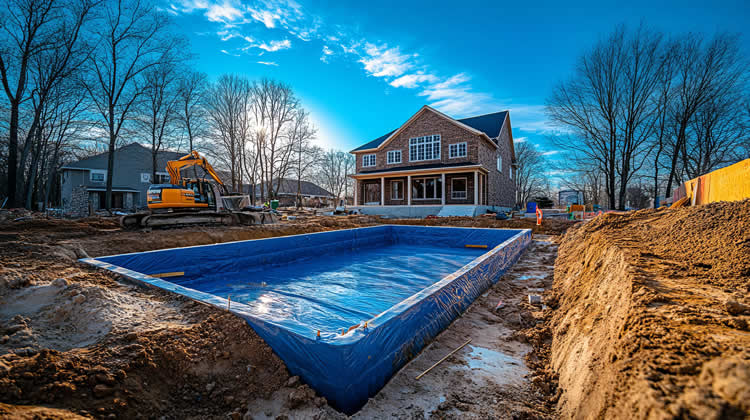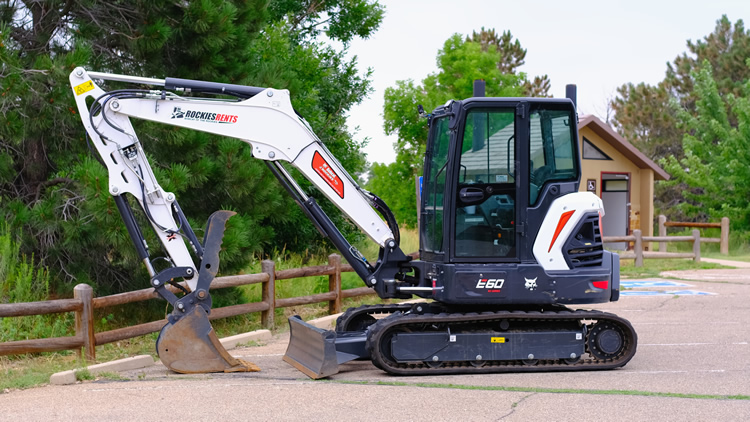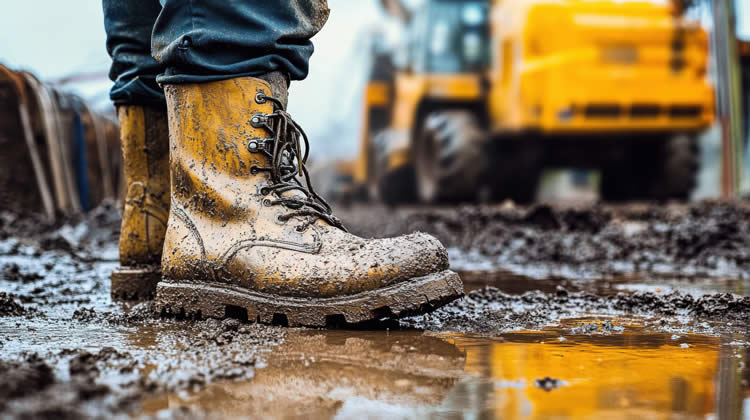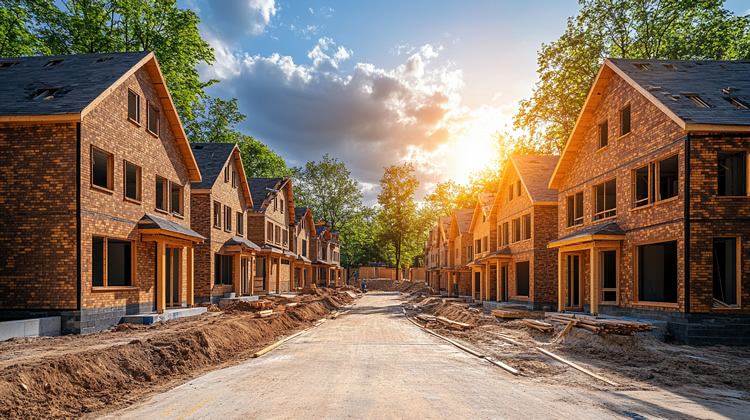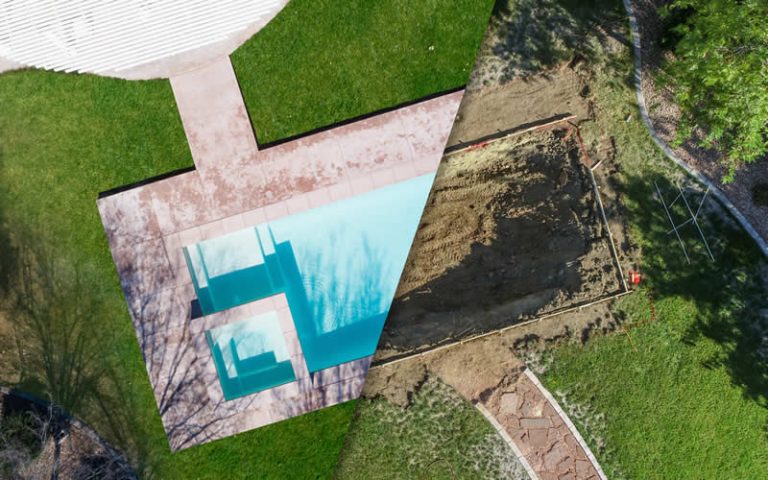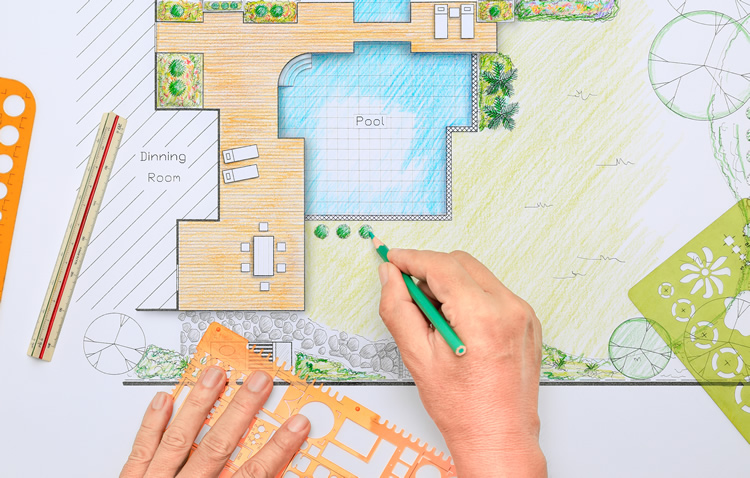How Weather and Soil Conditions Affect Pool Construction in Georgia
If there’s one thing pool builders in Georgia learn early, it’s this: the weather runs the show. You can plan, schedule, and organize down to the hour — but when the rain rolls in, the ground changes everything.
From the stubborn red clay that defines North Georgia to the humid summers and occasional winter freezes, our local environment shapes how pools are designed, built, and maintained. Understanding these factors helps you set realistic expectations — and appreciate the craftsmanship that goes into doing it right.
Georgia’s Famous Red Clay: Friend and Foe
Ask anyone who’s ever dug a pool here, and they’ll tell you — Georgia red clay is both a blessing and a challenge. It’s incredibly dense and cohesive, which means once compacted, it provides excellent structural support for pools. That’s the good news.
The flip side? It holds water like a sponge. After a heavy rain, red clay takes days to dry. If you try to pour concrete or shoot gunite too soon, moisture can compromise curing strength or cause shifting later.
That’s why experienced builders watch the soil closely before major steps. We’ll often dig, then let the soil “breathe” for a day or two to confirm stability. It’s not wasted time — it’s insurance against future cracks or leaks.
When conditions are right, clay gives your pool a strong, stable base that lasts decades. When rushed, it can turn into a muddy mess.
Drainage and Groundwater Management
One of the biggest factors in any Georgia pool build is drainage. The goal is simple: keep water flowing away from the pool structure, not toward it.
Builders design deck slopes, French drains, and backfill layers to redirect runoff. In sloped yards — common in North Georgia — we may install retaining walls or swales to stabilize soil.
Ignoring drainage is a rookie mistake. Even the prettiest pool can develop settlement cracks or deck heaving if groundwater builds up underneath. That’s why part of your project cost goes to invisible systems — perforated pipe, gravel trenches, sump pumps — that protect your investment for the long haul.
If you ever wonder why a builder insists on extra drainage or grading work, this is why. It’s not upselling; it’s experience.
Timing Construction Around Weather
Here’s the good news: Georgia’s mild climate means you can build pools year-round. But some seasons offer smoother sailing than others.
Fall and early winter are ideal for construction. Cooler temperatures mean concrete cures more evenly, and crews can work long hours without fighting summer storms. The soil stays drier, inspections move faster, and you’ll likely be swimming by spring.
Spring and early summer are the busiest seasons — great for momentum, but demand is high and weather can be unpredictable. Rain delays can push schedules back days or even weeks.
Mid-summer builds are possible but challenging. Extreme heat accelerates drying, which sounds good until you realize concrete and plaster need controlled moisture to cure properly. Builders adjust by working early mornings, covering fresh surfaces, and maintaining hydration with misting.
Winter is slower, but as long as freezing isn’t a concern (most of Georgia rarely sees sustained freezes), work can continue almost uninterrupted.
Bottom line: pools can be built any time of year — the best season is whichever one lines up with your readiness and your builder’s availability.
How Rain Affects Scheduling
Rain is the single biggest cause of pool construction delays. Not because builders are lazy, but because wet soil can’t hold its shape.
When water saturates a dig site, walls slump and machinery sinks. Shooting concrete over damp soil traps moisture, weakening the structure. Laying tile or coping in high humidity can affect adhesion.
That’s why a professional builder will sometimes “pause” even when the weather looks fine. It’s not procrastination — it’s protecting the integrity of your pool.
You can’t control rain, but you can plan for it. Expect some buffer in your timeline. A good rule of thumb is to allow one week of delay for every two weeks of heavy rain in the forecast. Builders often work on other phases (plumbing, tile prep, or equipment setup) while waiting for the ground to dry.
The Role of Soil Testing and Engineering
For most backyards, a visual inspection is enough — we can tell by feel whether the soil’s stable. But in tricky conditions, especially on steep lots or where groundwater is high, we’ll bring in a geotechnical engineer or soil test.
These tests measure compaction, drainage, and load-bearing capacity. In plain English, they tell us whether the ground can safely hold a pool.
It’s not required for every job, but when it is, it’s worth every penny. Catching unstable soil early prevents foundation issues that could cost thousands later.
Slope and Retaining Wall Considerations
If your yard isn’t level — and most in North Georgia aren’t — you’ll likely need some degree of elevation management. That might mean a small retaining wall, a raised beam, or a multi-level deck to balance the space.
Building on a slope affects both cost and design. The deeper end of the pool requires more excavation, more steel reinforcement, and sometimes structural backfill. But done right, sloped yards can produce stunning results — tiered pools with infinity edges or natural-looking landscapes that feel built into the hillside.
The key is proper engineering. Water always follows gravity, and we design with that in mind.
How Temperature and Humidity Affect Finishes
Pool finishes — plaster, pebble, or quartz — are sensitive to both heat and humidity. If applied in extreme heat, the surface can dry unevenly, leading to streaking or premature cracking. If humidity is too high, it may not cure correctly.
That’s why you’ll often see crews work early mornings or even at dawn during hot stretches. They’re racing the sun — not to finish faster, but to ensure quality.
Once water is added, we start what’s called the startup process, which involves brushing and balancing chemistry as the surface cures underwater. Weather plays into that too; cold nights can slow down the chemistry, while extreme heat speeds it up.
Planning for the Unpredictable
Even with all the science and experience, sometimes nature still wins. A sudden thunderstorm, an unexpected freeze, or three straight days of drizzle can throw off even the best-laid schedule.
When that happens, communication is everything. A reputable builder will update you quickly, explain what’s delayed, and adjust the sequence to stay productive where possible.
As a homeowner, the best thing you can do is stay flexible and trust the process. You want your pool built right — not just fast.
The Takeaway
Building a pool in Georgia means working with nature, not against it. The clay, the slope, the weather — they all play a part in how your pool performs over time.
Experienced builders understand that patience during construction translates into decades of durability. They read the soil, watch the clouds, and know exactly when to dig, pour, and finish.
That’s not luck — it’s the art of timing and local knowledge. When you hire a builder who respects the weather and the ground under their boots, you don’t just get a pool — you get peace of mind that it was built to handle everything Georgia throws at it.
Let’s Talk …
Let us take care of your Pool & landscape
At Aqua Fun, we don’t just build pools — we build relationships that last for seasons to come. Our team takes the time to understand your space, your needs, and how you actually use your backyard. Then we craft solutions that make every swim, soak, or gathering more enjoyable. It’s not about selling you more; it’s about helping you get it right.
If you’ve been thinking about improving, repairing, or re-imagining your pool, let’s talk. We’ll meet you where you are, explain your options clearly, and make sure the whole process feels simple and stress-free. That’s the Aqua Fun way — real people, real care, and results that speak for themselves.
Mon – Fri
8:00 – 6:00

